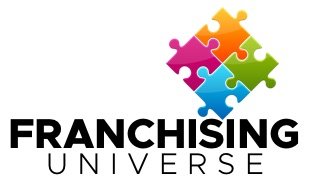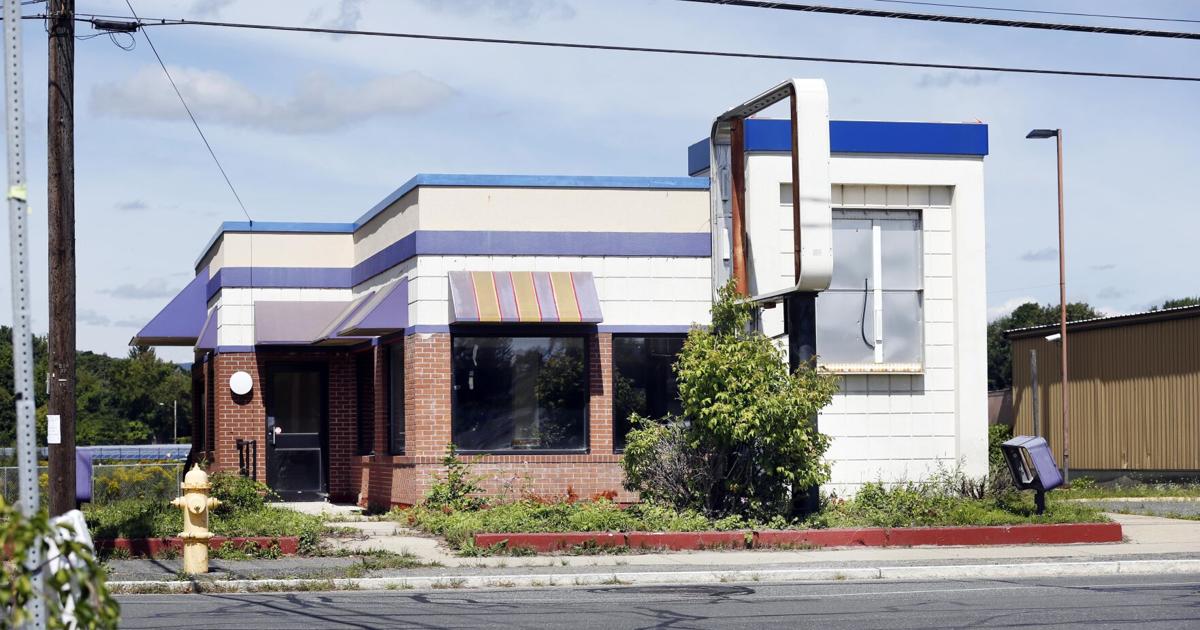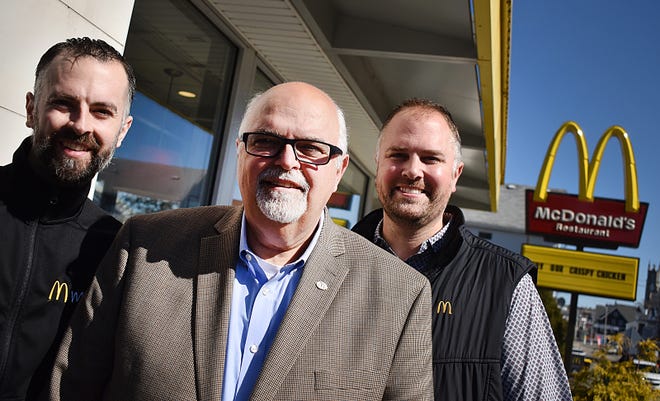
The first Kentucky Fried Chicken franchise opened at 737 East St. in Pittsfield in 1966 and featured a 20-foot rotating chicken bucket on its sign.
Most Berkshire Baby Boomers will remember the fast food franchise in Pittsfield known for the phrase “it’s finger lickin’ good.” This eatery was none other than Kentucky Fried Chicken.
The founder of the company was Col. Harland Sanders, who served as the “figurehead” or ambassador for Kentucky Fried Chicken. He was a recognizable as a spectacled and cane carrying senior citizen with white hair, mustache and goatee and dressed in a white suit, white shirt and a black string tie.
The Berkshires’ first Kentucky Fried Chicken store was located at 737 East St. and opened in 1966 by a businessman from Indiana named Fred Sweeney. He had met Col. Sanders, 10 years earlier, but was not yet ready to invest in a franchise.
When given a choice of franchise areas throughout the country, he visited many places and selected the Berkshires as he fell in love with the area’s beauty and potential opportunities. His franchise fee was $14,000 with a total start up cost around $65,000.
The company provided the store specs, the sign with the rotating bucket 20 feet high, cooking equipment, staff training, all supplies including the secret ingredient of 11 herbs and spices — everything except the chickens, which were purchased closer to shop locations. Today a KFC franchise fee ranges from $135,000 to $540,000, with estimated startup costs between $1.5 million to over $3 million for one store.

Col. Harland Sanders founded Kentucky Fried Chicken in 1930 at the age of 40. He sold the company in 1964, but remained the company’s ambassador until his death in 1980.
Sweeney also opened a KFC eatery in 1967 on Center Street in Lee and in 1968 near the North Adams airport. Over the ensuing years ownership of the local KFCs changed hands several times. Additional outlets had opened by other owners on Myrtle Street in Adams and Dalton Avenue in Pittsfield.
When Kentucky Fried Chicken opened locally as a “take-out only” business, it was immediately popular. Our family, like those with young kids, loved the tasty fried fare at bargain prices. You could get a whole bucket of 15 chicken pieces, gravy and a half dozen biscuits with honey for under $4 or a dinner box with three pieces of chicken, mashed potatoes, gravy and a biscuit for a dollar.
Because my parents felt that fried salty foods were not very healthy for their kids, we did not patronize the eatery very often. The menu choices of salad and fried fish were not much of an alternative.
Decades later, in 1991, as the rest of the nation became more concerned over the health risks of fried foods, Kentucky Fried Chicken changed its name to KFC to downplay “fried” in its identity, but added few if any healthier menu items.
My parents’ early lessons in avoiding fried foods have pretty much stuck with me. I admit I have not frequented a single KFC store in over 50 years. These days I hardly even notice the stores as their once 20-foot-high rotating bucket on the signs and the gaudy red-and-white striped circus tent appearances have become history.

The Kentucky Fried Chicken franchise in Pittsfield was a regular advertiser in The Berkshire Eagle.
However, I am always reminded of Col. Sanders and his fried chicken when I stop for gasoline just off the highway in Corbin, Ky., on my annual treks to Florida. This small town of 7,800 residents has signs reminding visitors that it was where the Colonel first served his fried chicken from a small room in the back of a service station he ran in 1930.
With his popular meals he opened a 140-seat café in Corbin, and that was the start of Kentucky Fried Chicken. He had learned to make the chicken from his mother when he was only 7. He had come a long way from a tough childhood when he had left home at age 13. In 1950 for Sander’s accomplishment as a hard-working entrepreneur, the governor of Kentucky commissioned him as a “Kentucky Colonel,” a role he embellished for 40 more years with his appearance and dress.
Sanders did not begin franchising his Kentucky Fried Chicken business until 1952. It was a challenge to introduce chicken as an alternate to the increasingly popular fast food of hamburgers. However, a decade later, Sanders had over 600 franchisees in the US and Canada. The company out grew his capabilities and in 1964, when in his mid-70s, he sold KFC for $2 million, plus an annual stipend for $40,000 to serve as the company figurehead, which he continued doing into his 80s.
Over the next 20 plus years KFC went through a number of reorganizations, different owners, and ups and downs in the stock market. In 1986 the soft drink maker, PepsiCo, bought KFC to add to its successful Pizza Hut and Taco Bell operations. The parent company created a spin-off of the food franchises in 1997, and they now operate under the name of Yum Brands.
Today KFC has over 24,000 locations in 145 countries with over 3900 of them across the USA. However, there are none in the Berkshires as the last local KFC closed in 2010, and it was the original location at 737 East St. in Pittsfield. The closest franchises are in Greenfield, Bennington Vt., and East Greenbush, N.Y. A combination of declining population, changing food preferences, changing franchise ownership, and more fast food competition, all contributed the demise of KFC in the area.

The Kentucky Fried Chicken franchise on East Street in Pittsfield closed in 2010. The building sat vacant for several years before finally being razed.
Some interesting “closing facts” about KFC. In 1987 it was the first western fast-food company to open in China. Within two years a KFC location in Beijing sold more meals in one year than any other KFC in the world. To this day, Beijing still has the busiest KFC internationally. With over 8,000 locations in China, it is the largest restaurant chain in the country.
Although Col. Harland Sanders passed away in 1980 at the age of 90, his image is still used to promote KFC. A live actor was not used to impersonate the Colonel until 1994, and beginning in 1998, cartoon images were used instead in ads. In 2015 live actors were used again and 18 have appeared as Sanders in ads since then.
The list includes Darrell Hammond, Norm McDonald, Rob Lowe, Jason Alexander, George Hamilton and even Reba McIntyre. But no one can do the Colonel as well as the Colonel himself when he’d describe his chicken, “it’s finger lickin’ good!”



/cloudfront-us-east-1.images.arcpublishing.com/gray/FMP24VTTJJEN7MKMCOF5NKXNMU.jpg)



